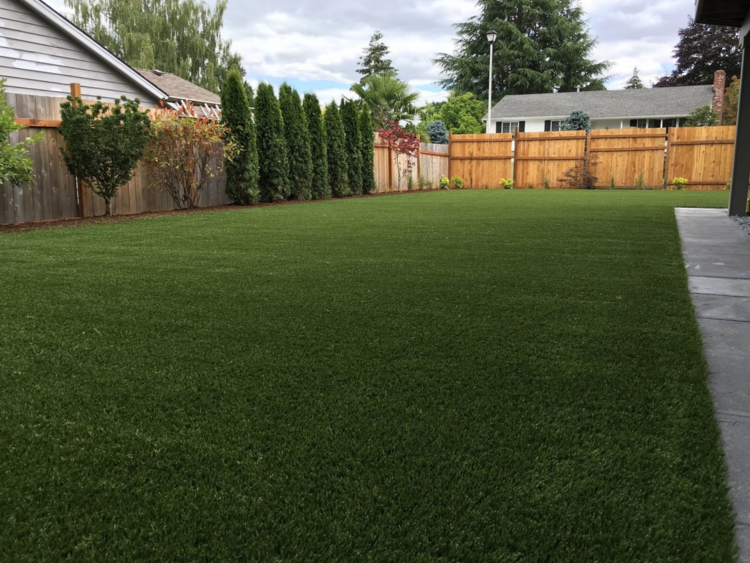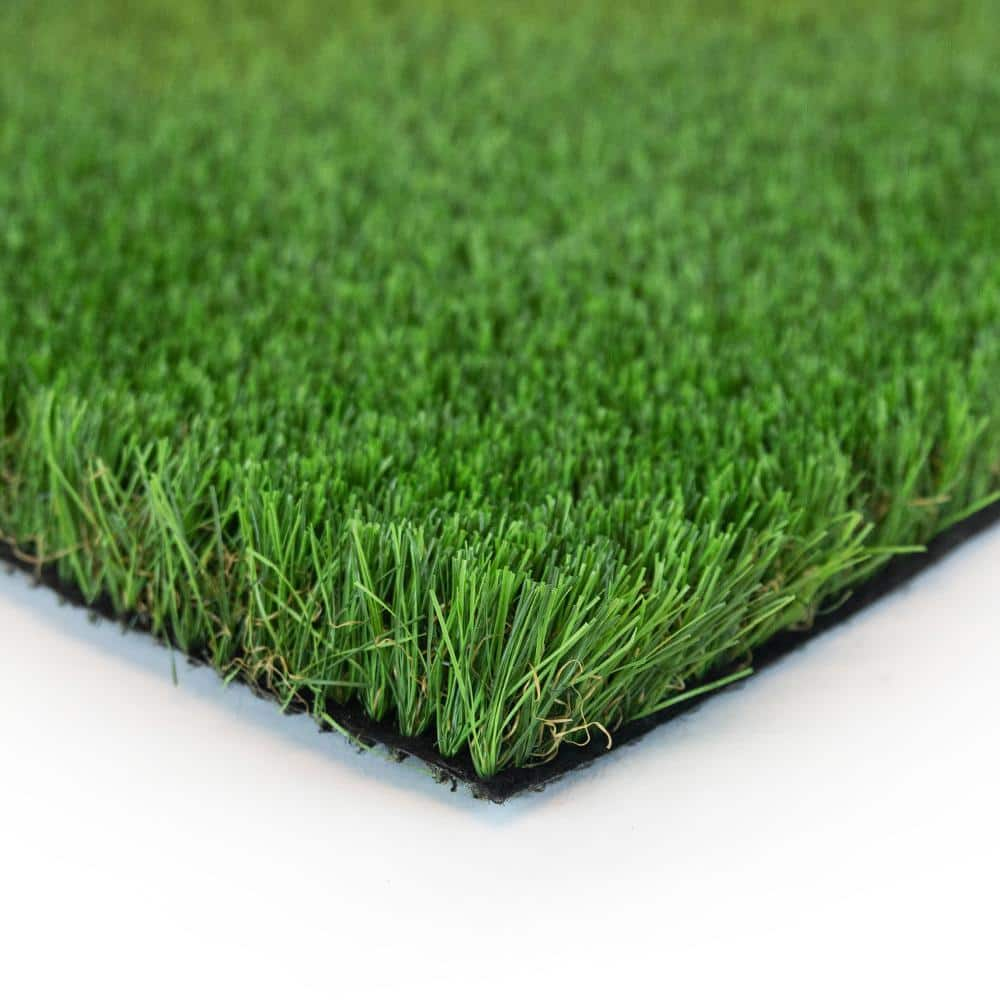Select Reputable Artificial Turf Companies Phoenix for Durable and Realistic Grass
Select Reputable Artificial Turf Companies Phoenix for Durable and Realistic Grass
Blog Article
Look Into the Environmental Conveniences of Opting for Synthetic Grass Solutions
The fostering of synthetic grass remedies provides an engaging possibility to resolve pressing environmental challenges. By substantially lowering water usage and decreasing the application of hazardous chemicals, these options not only promote lasting landscaping but likewise safeguard neighborhood communities.
Water Conservation Advantages
One of the most significant advantages of artificial turf is its ability to conserve water. Conventional lawn lawns require considerable watering, especially in areas vulnerable to dry spell or water constraints. On the other hand, synthetic lawn does not require watering, considerably minimizing the general demand for water resources. This function is especially advantageous in deserts where water deficiency is a pushing issue.
By eliminating the requirement for regular watering, man-made turf adds to sustainable landscape techniques and helps minimize the environmental effect of excessive water intake. Additionally, the preservation of water encompasses the decrease of overflow, which can cause soil erosion and river air pollution.
Furthermore, the installment of synthetic grass allows property owners and towns to designate water sources more efficiently, focusing on crucial uses such as drinking water and agriculture. The shift in the direction of synthetic grass not just advertises responsible water usage however additionally straightens with more comprehensive ecological goals aimed at preserving natural deposits.
As areas significantly prioritize sustainability, the water preservation benefits of synthetic grass offer an engaging case for its adoption in domestic and industrial landscape design tasks.
Reduced Chemical Use
The transition to synthetic grass substantially reduces the reliance on chemical treatments frequently utilized in natural turf maintenance. Standard lawn administration normally includes the application of pesticides, fertilizers, and herbicides to advertise development and control bugs. These chemicals can present risks to human health, regional wildlife, and the setting, adding to soil and water contamination.
In contrast, synthetic turf removes the requirement for these dangerous materials. Once installed, it calls for very little upkeep, primarily containing routine cleansing and occasional infill replenishment. This reduction in chemical usage not just benefits the instant setting but additionally adds to more comprehensive environmental stability. By decreasing the release of synthetic substances into the ecological community, man-made lawn advertises healthier dirt and water systems.
Furthermore, the lack of chemical runoff connected with synthetic lawn setups helps protect neighborhood waterways from air pollution, supporting water life and keeping biodiversity. Phoenix turf companies. As areas increasingly prioritize lasting methods, selecting synthetic grass offers a viable remedy that aligns with environmental conservation goals. With this shift, homeowner can appreciate lavish eco-friendly rooms without compromising ecological health and wellness, paving the way for a much more lasting future
Reduced Carbon Impact

Moreover, the setup of synthetic grass can lead to substantial water preservation. All-natural grass require Full Article considerable amounts of water for irrigation, which not just includes to the carbon impact associated with water removal and therapy yet likewise pressures neighborhood water resources. On the other hand, synthetic grass needs very little maintenance, needing no watering, consequently dramatically reducing water use and its associated energy expenses.
Furthermore, the durability of synthetic grass adds to its lower carbon effect. look these up With a life expectancy of as much as 15 years or even more, the requirement for regular replacements is decreased, resulting in less waste and lower energy intake in production and disposing of traditional turf alternatives. Overall, synthetic grass provides a lasting choice for ecologically conscious landscape design.
Habitat Conservation
Habitat preservation is a crucial factor to consider in the debate over landscaping selections, especially when contrasting man-made lawn to all-natural lawn. Natural yard lawns usually need substantial maintenance, consisting of using plant foods, herbicides, and pesticides, which can detrimentally affect local ecological communities. These chemicals can leach right into the soil and rivers, hurting native plants and animals and interfering with neighborhood habitats.
On the other hand, synthetic lawn provides a chance to lower the environmental impact of landscaping. By opting for artificial turf, property owners can decrease the disruption of all-natural habitats related to standard grass care techniques. Synthetic grass removes the need for unsafe chemicals, consequently shielding close-by wild animals and maintaining the integrity of surrounding ecosystems. The setup of fabricated lawn can lead to the conversion of previous yard areas into more biodiverse landscapes, such as pollinator gardens or native plant areas, which can sustain neighborhood wild animals.
Ultimately, the transition to synthetic turf not only preserves water and decreases upkeep initiatives yet additionally fosters a more harmonious partnership in between human activities and the all-natural setting, advertising habitat preservation in the procedure.
Long-Term Sustainability
Long-lasting sustainability is a crucial consider reviewing the benefits of synthetic turf over traditional grass yards. One of the most considerable benefits of synthetic grass is its durability; it can last approximately 15-20 years with very little maintenance, whereas natural yard needs frequent reseeding and substitute. This longevity reduces the demand for continuous sources, such as water, fertilizers, and chemicals, which are necessary for preserving a healthy turf lawn.
Furthermore, man-made grass adds to a reduction in carbon exhausts connected with grass treatment equipment. Traditional yards commonly call for gas-powered mowers, leaners, and blowers, all of which contribute to air contamination. Artificial turf companies phoenix. On the other hand, synthetic lawn eliminates the demand for such equipment, advertising a cleaner atmosphere
In addition, the production of synthetic grass significantly utilizes recycled materials, improving its sustainability account. As producers take on environmentally friendly techniques, the ecological footprint of fabricated turf continues to reduce.

Verdict
The adoption of synthetic grass services presents considerable ecological benefits, including considerable water preservation, reduced dependence on hazardous chemicals, and a reduced carbon footprint. Furthermore, fabricated lawn aids in maintaining natural environments by minimizing land disturbance and promoting long-lasting sustainability through making use of durable materials. Jointly, these factors highlight the possibility of man-made turf to contribute favorably to ecological Going Here health and use a viable choice to traditional landscaping methods in an increasingly resource-conscious world.
In comparison, fabricated turf does not need watering, dramatically reducing the overall need for water sources. By minimizing the release of synthetic compounds right into the ecosystem, synthetic grass advertises much healthier dirt and water systems.
Additionally, the setup of fabricated lawn can result in significant water conservation. In contrast, synthetic grass requires very little upkeep, calling for no watering, thus dramatically lowering water use and its linked energy expenses.

Report this page